Apple A14 Bionic vs A13 Bionic Comparison: What’s the Difference?
We are in the third quarter of 2020, and it means the new iPhones are closer than ever before. This year we will have the iPhone 12 lineup and a lot is expected this time around, both in terms of hardware and design. Like every year, this year too we have seen the New A-series Bionic chip and it is called the A14 Bionic chip. iPad Air (4th generation) is the first device to ship with an A14 Bionic. We have now detailed information regarding GPU, CPU, AI and Node for this new processor and here in this article, we will take a look at it all. How powerful is this A14 processor and how does it fare against last year’s A13 Bionic chip, we will take a look at it all.
Nội Dung Chính
A14 Bionic vs A13 Bionic Comparison
The manufacturing process
Apple’s A14 Bionic chip is based on TSMC’s new 5nm manufacturing process. The 7nm A13 Bionic chip had 8.5 billion transistors while the new 5nm A14 chip is capable of 11.8 billion transistors. So, 5nm process technology helps to achieve many more transistors in the same space. This gives us better performance in nearly every area. Apple claims the A14 provide more power efficiency for up to 10 hours of battery life. The 5nm node means a 15% improvement in performance and 30% improvement in power efficiency.
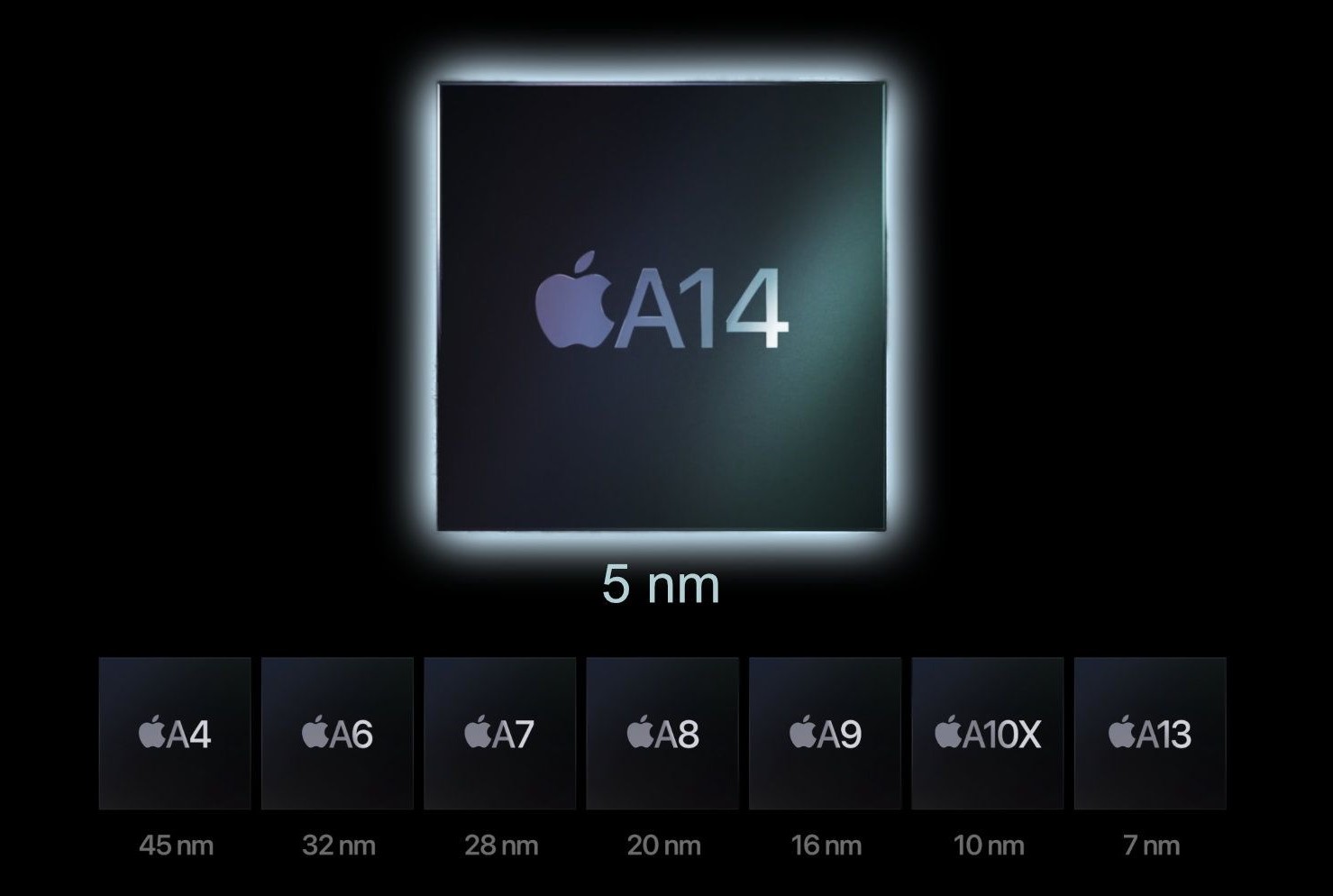
CPU performance
There were speculations about core configuration changes (3+3) in the A14 chip as the A13 chip had the same structure (2+4) as the A12. But with the A14 chip, we see again Hexa core setup with 2+4 configuration. However, we get two new-generation large performance cores as well as four new small power-efficient cores. On the other hand, A13 Bionic is packed with 2 + 4 Hexa core setup with two high performance and rest power-efficient cores.
We see a maximum frequency of 2.7GHz in A13 chip. As of now, there is no official information regarding clock speed for the prime cores in A14 chip, but earlier leak suggests maximum frequency as 3.1GHz which is 400MHz higher than A13.
Apple says the A14 Bionic brings 40% CPU improvement over the A12 Bionic. We know already that A13 is 20% faster than the A12. So, if Apple uses the same performance metric tool as the previous generations then we can say A14 Bionic will offer a 16% better performance compared to the A13 Bionic.

GPU performance:
Nowadays we use our phones for more than just a communication device. And the processors that Apple manufacturers for the iPhones also go to the iPad series. Many people use the iPad as a working material, something that enables to work on the go. This work includes video rendering, image processing, 3D rendering, illustrations, and much more. So the importance of having a peak performance in graphics is essential for the A-series processors from Apple. Apple knows it very well though and this time have improved the graphics performance of the A14 Bionic chip by 8.3% over the last year’s A13 Bionic chip. Actually, Apple claimed the A14’s GPU is 30% faster than the A12’s GPU. So, by calculating, we see an 8.3% increase in GPU performance over the A13 Bionic.
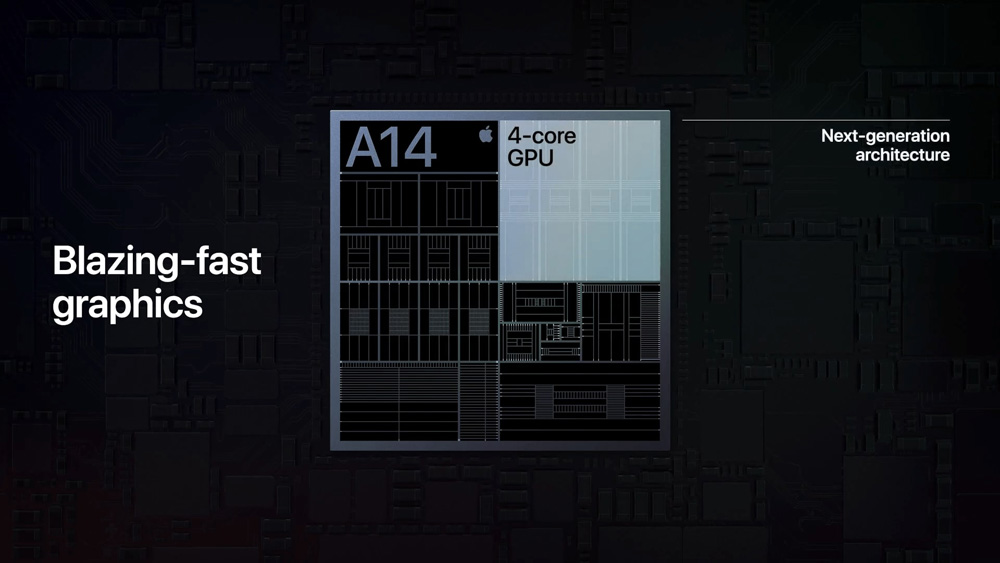
AI performance improvement:
A13 Bionic features an 8-core neural engine and capable of performing up to 6 trillion operations per second. On the other hand, Apple has added eight additional cores to the Neural Engine of the A14 chip. So, we see an Apple-designed next-generation 16-Core Neural Engine with the A14 chip that delivers up to 11 Trillions of operations per second. This suggests the AI performance of the A14 chip is 83% more than the year-old A13 chip. This is the welcome change though as the AI is the future of mobile devices.
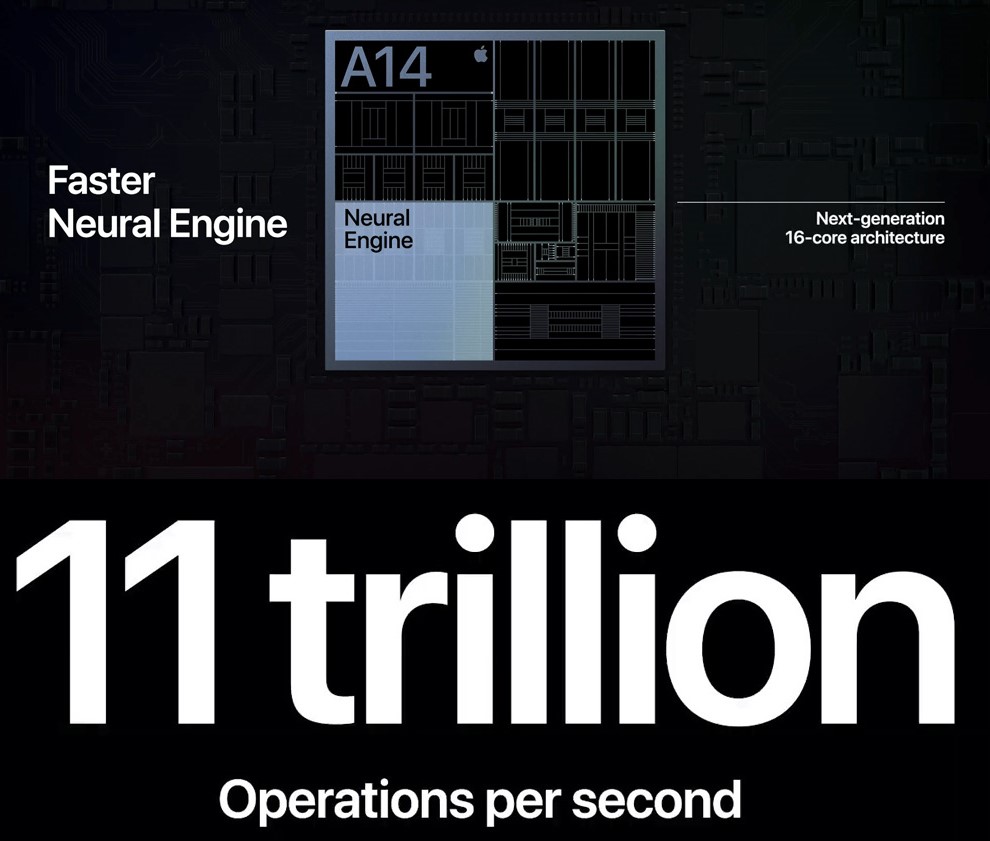
Benchmark
In the Antutu benchmark test, A14 Bionic powered iPhone 12 Pro Max has scored 5,72,333 points while A13 Bionic powered iPhone 11 Pro Max has managed to get 5,24,436 points. In other words, we can say A14 chip provides a 9% improvement over the A13 chip.
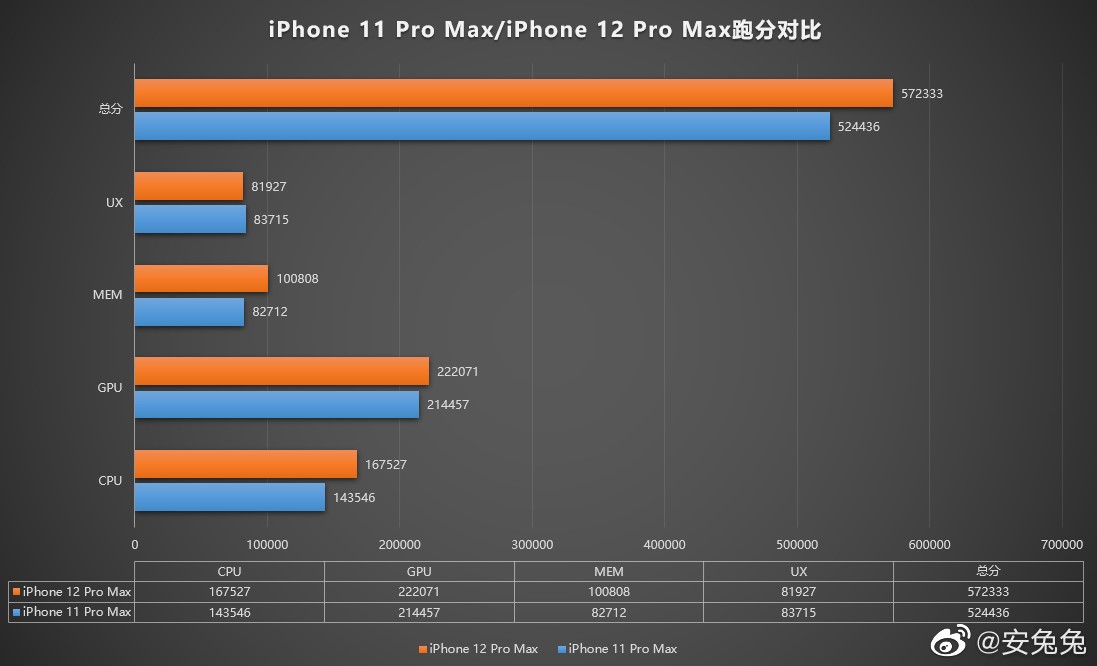
Geekbench v5 listing shows, the Apple A14 powered iPad Air 2020 has achieved 1583 points in the single-core test and 4198 points in the multi-core test. On the other hand, A13 powered iPhone 11 Pro Max’s Single-Core and Multi-Core scores are 1334 points and 3419 points respectively. So, Apple A14’s single-core score is 18.7% higher than the A13 while the multi-core score is 22.8% better than the predecessor.
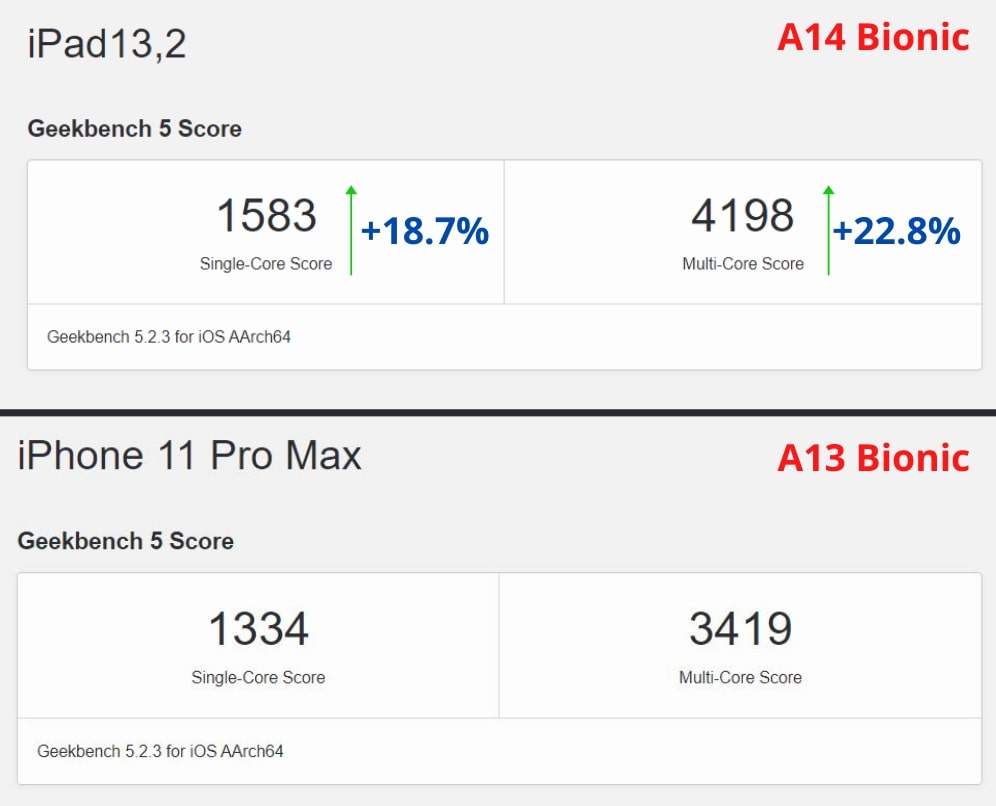
Conclusion
So, just like every year, there are quite a few changes with A14 Bionic in terms of CPU, GPU, Manufacturing Process and AI performance. So, on paper, there is no doubt that the combination of the new 16-Core Neural Engine, CPU machine learning accelerators, 5nm Node and high-performance GPU will give better performance than A13 Bionic. However, we don’t know how much difference we will see in the “real-world” performance.






